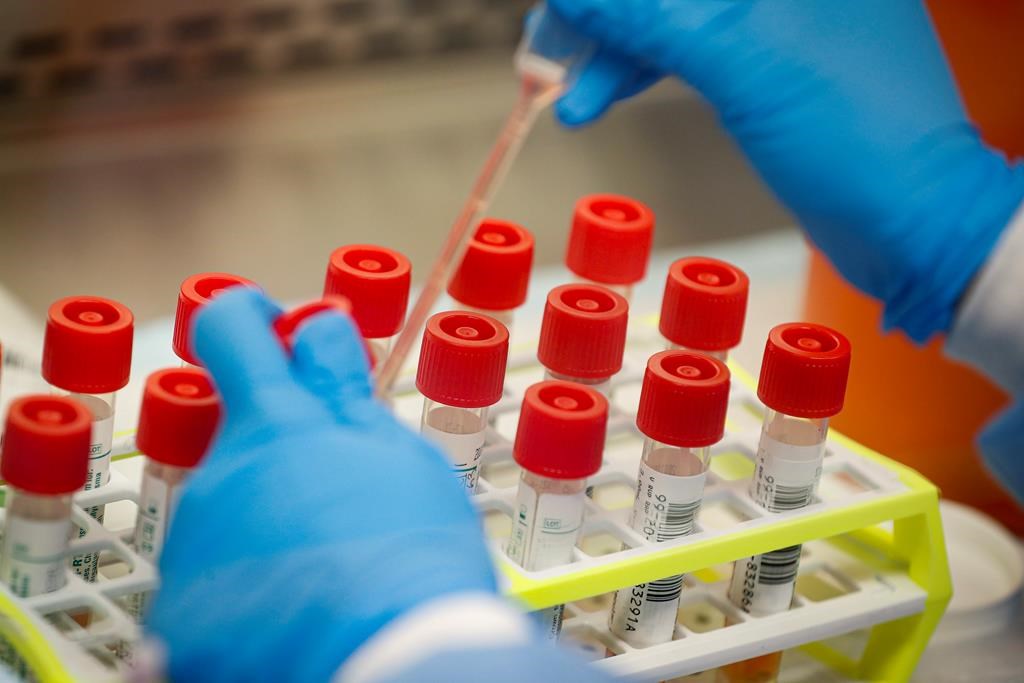A University of Saskatchewan (USask) research team says an imminent surge in the number of COVID-19 cases in Saskatoon is likely in the next seven days.

Markus Brinkmann, a USask toxicologist, is expecting an average of 100 to 150 new cases daily in Saskatoon.
“Numbers of copies of SARS-CoV-2 viral RNA in the wastewater have been climbing,” Brinkmann said.
“We expect another drastic increase this week and potentially ranging into next week.
“With no significant changes in transmission, this trend can be expected to continue.”
Brinkmann made his comments after the USask wastewater surveillance team reported coronavirus traces in wastewater at the city’s municipal treatment plant have increased 2.5 times over the previous week.
The wastewater approach, develop by USask, the City of Saskatoon and the Saskatchewan Health Authority (SHA), tracks the coronavirus circulating in the city’s wastewater.
Dr. Cory Neudorf, an epidemiologist with USask and the SHA, said it’s another piece of evidence to warn of possible COVID-19 surges.
“This data can provide an early warning that testing capacity could be stretched further in the coming week,” Neudorf said.
“And if we know that case numbers are likely to go up, we know that a week or two after that, hospitalization rates and ICU admissions will go up.”
The team started collecting samples in July when the case count was low. Samples are now being gathered five times a week instead of weekly. The most recent testing period ended on Nov. 15.
John Giesy said people showing up for testing usually have COVID-19 symptoms or suspected exposure, which he says misses most of the asymptomatic or pre-symptomatic cases.
“Our data provide advance warning, whereas approaches based on individual testing data are retrospective,” said Giesy, the team leader for the project.
Neudorf said having an early warning is important for decision-makers.
“The net impact is that this helps in deciding on whether further restrictions in polices are needed now in anticipation of those increases, so that the pandemic doesn’t get even more out of control,” he said.
It could also give health officials an idea when restrictions can be lifted as case numbers go down.





Comments